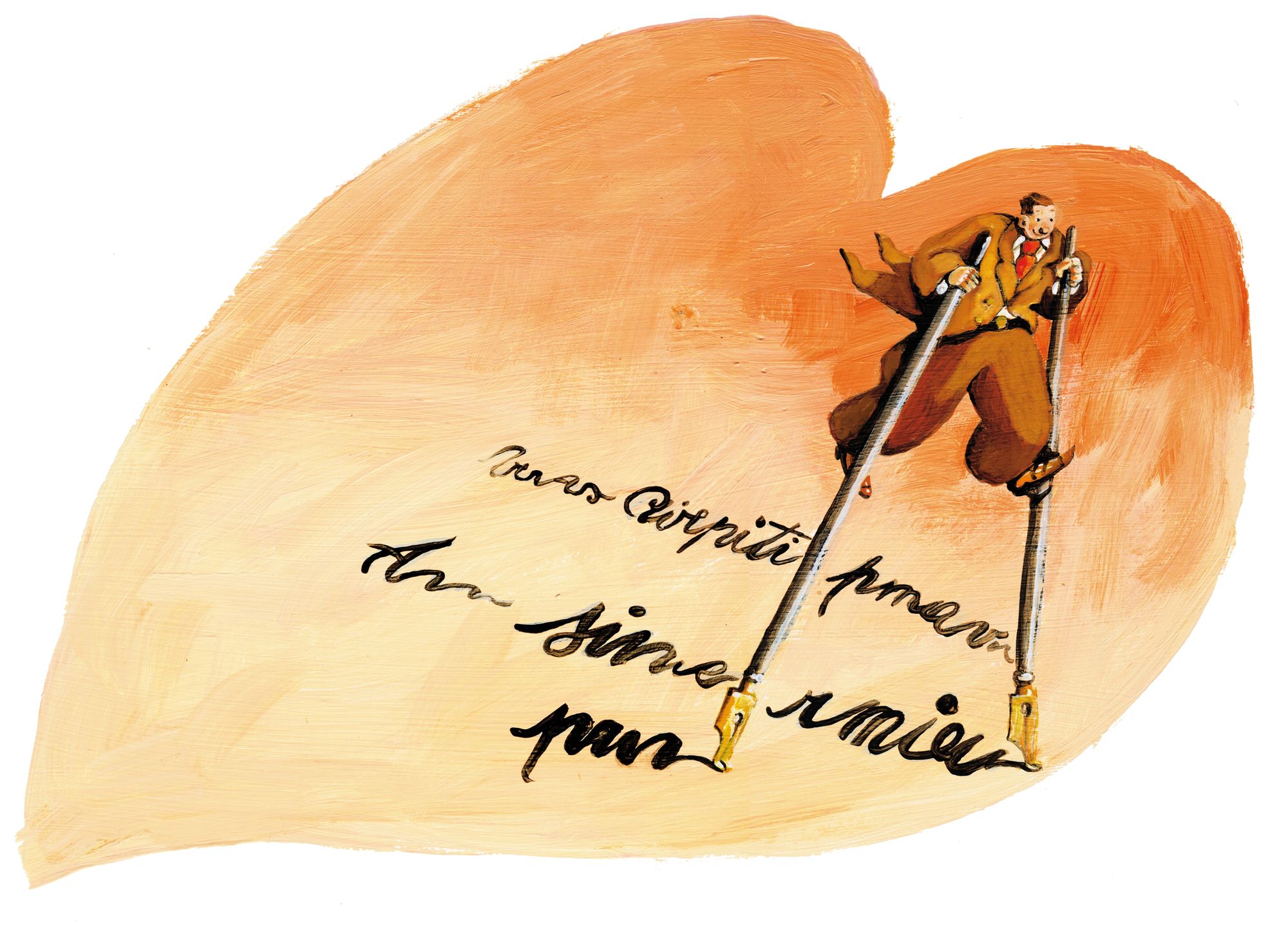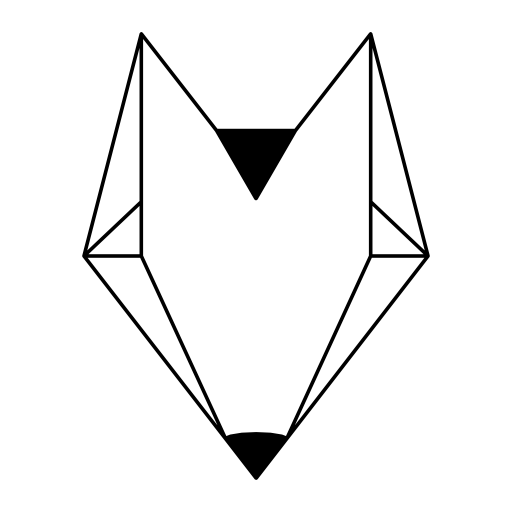
More is More: Why I'm Not Staying in My Creative Lane
If there’s any style directive that typified my formative years, it’s “minimalism.” According to Google’s Ngram Viewer, the term came about in the mid-eighties, when I was born, surged as if out of nowhere in 2006, during my junior year of college, and, after a brief dip in 2008 (who needs a call for minimalism during a nationwide recession?), continues to rise to this day.
Minimalism as an aesthetic calls for white walls, beige storage ottomans, and the removal of anything that might distract one from their main focus.
What do minimalists focus on once the clutter is removed?
Beats me, I’m not a minimalist. My walls are painted every color of the rainbow, covered top to bottom with art I love. I have shelves full of books and knick-knacks, baskets full of toys for my kids and cats out in the open. My spice cabinet looks like an international grocery, my craft cupboard has every style of marker and paper, and my works-in-progress folder includes a little bit of everything.
I like to have options, in my kitchen and in my creative life, and given the anthem of minimalism I was fed through my adult life, I’ve had to remind myself that this isn’t something to be embarrassed about.
I started writing seriously as a mental exercise during quiet postpartum years. The deeper I got, my curiosity broadened from the novels I loved and had always aspired to write to the idea of a picture book to read to my kids. I started piecing together picture books like a puzzle—the way every word matters as much as its placement on the page and the image that carries it to its primary audience—a child who cannot read.
“But you are not a kid-lit writer,” some voice in my head kept saying, I wanted to be a novelist. “Do less,” I read in advice columns for moms. “Focus on one thing,” I read in writer’s groups. “Clarify your brand,” I read on Instagram through an algorithm that somehow knew I was feeling conflicted.
I asked the internet, the arbiter of possibility in those days, “Can I do both? Can I write novels and picture books? How about essays? Can I try that? I have opinions I’d like to articulate. Could I get away with writing romance, too? Sometimes all I have the brain for is romance. And what about a cookbook? I have this idea …”
Unfortunately, the advice I got, resoundingly, from the internet sages I looked to then was, “No.” It’s better to specialize, to hone your skills and your brand, to be a “creative minimalist.” Picture books and cookbooks and poetry and art criticism were clutter.
The internet warned me, like the HGTV experts who raised me, this new curiosity will ruin your passion project. You already have limited time and energy to write, it will distract you from finishing. It will water down your public brand if you have one and keep you from establishing a brand if you don’t.
So, I tried to focus. I wrote a novel I loved, got an agent, and the book died on submission. I wrote another novel—a better one, surely, and got stuck, not sure how to make it just right, so I decided to get an MFA.
Nothing says “focus” like an MFA, right?
Trick’s on me, and the internet, and creative minimalists everywhere: one of the greatest lessons from my MFA program was understanding the power of doing more.
The more I began to read across genres, the more I was able to emulate varied styles, and the more rich and layered my own style became. The more I dabble in other genres, the more clarity I’ve had about what I’m building in my novel—and why.
I’ve taken lessons from screenwriting that have improved the pacing of my chapters. Focus on succinct, evocative language and visuals of picture books has given life to dull scenes in my novel. Writing a romance series that I don’t know what I’ll do with has helped me make my novel more propulsive and emotionally grounded.
I still haven’t published a novel. I’m working on a new one now, my best yet—but it’s not the only thing I’m working on. Having finally given myself permission to lean into the more of my creative impulses, I got a book deal for my cookbook idea—Feed Your Neighbor! A practical guide for bringing food to your community. It’s full of recipes from my own overflowing kitchen and embodies a philosophy I have honed in my life—that it is better to show up than to overthink it and opt out.
I self-published my first picture book, Rooster, dedicated to my oldest son. It’s about how roosters crow in different languages around the world, an obsession I’ve had in traveling to over forty countries. I have two more onomatopoeia picture books in the queue. Last month, I showed a concept sculpture inspired by my novel at an art show because why not? In partnership with my employer, I produced a documentary that has been shown at more than a dozen international film festivals.
All of these “extra” projects have provided me practice in navigating deadlines and managing multiple projects. I’m building up the much-needed skill of pitching my own work, gathering people around it, and exposing the scariest thing of all: my creative voice.
I realize now that when I’d been looking for permission to create with maximalist zeal, I hadn’t been asking, “Is it possible to create in all these genres?” but “Will people take me seriously?” This fear emerged from another phrase that gained popularity during my adult life: “Stay in your lane.” I’ve heard the masses complain about celebrities who get into politics, actors who want to be musicians, anyone who deigns to believe they have something to say, something to give, something to attempt outside what is expected of them. I’ve rolled my eyes at it too, but here I am, trying to unlearn and instead to tell myself to jump lanes. Try it out. Do more.
Now, a reality check: minimalism does, as advertised, contain the mess, just as creative minimalism corrals creative thought. Are there times when I can’t decide which project to work on because I have multiple in progress? Yes. Are there times when I choose the “easier” work than the one with more creative angst? Yes. I have to be real with myself, regularly, just as I am about keeping my kids’ old artwork or the thrift store gems about what is worth keeping.
I keep my projects in mind like Cher kept her outfits in Clueless. I match my brainpower and mood with what projects need attention.
My second picture book has been ready to upload for over eight months, but I intentionally put it on pause so I can focus on novel revisions and the last round of film festival press. This week, I opened up a halfway finished romcom draft because I’m stuck on a plot turn in my novel and needed to feel how beats move through a simpler storyline than the one I’m crafting. I spent a day with a smile on my face, so proud of the words I had written. That night, I settled into the hard copy of my novel with my favorite purple gel pen for line edits. “I’m a good writer,” I could tell myself honestly. The novel is more literary and takes more intentional shaping than the romcom but with a reminder that I am a good writer, I feel ready again to chip away at it with optimistic eyes.
I don’t know when my novel will be published, when I’ll skyrocket to the New York Times Bestseller’s List, when Oprah and Reese and Dua Lipa will invite me into their book clubs. But I know that if my dream of literary success comes true it won’t be due to single-mindedness, but a commitment to curiosity and willingness to do more than I ever thought possible.
*Feature image by nuvolanevicata (Adobe)

